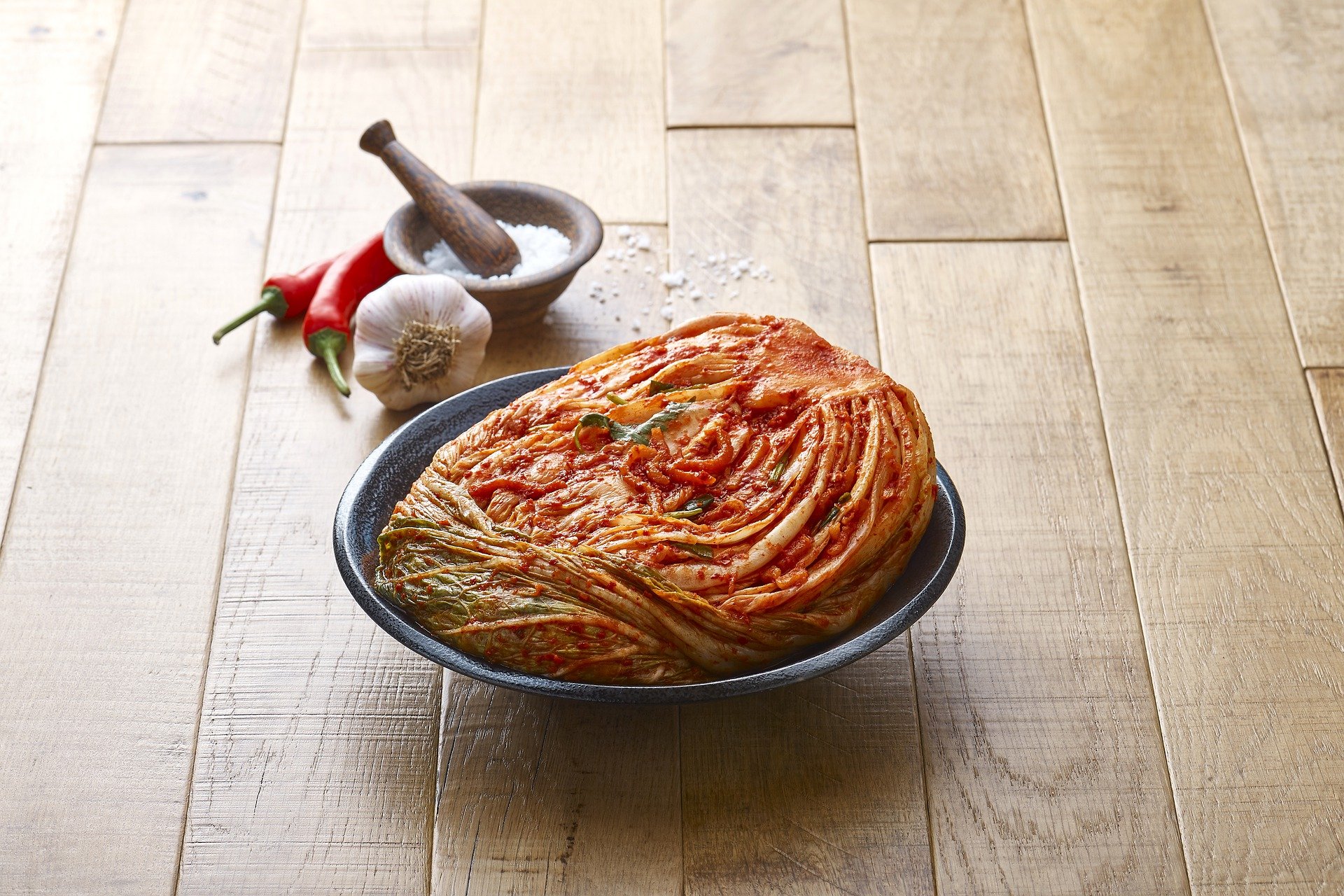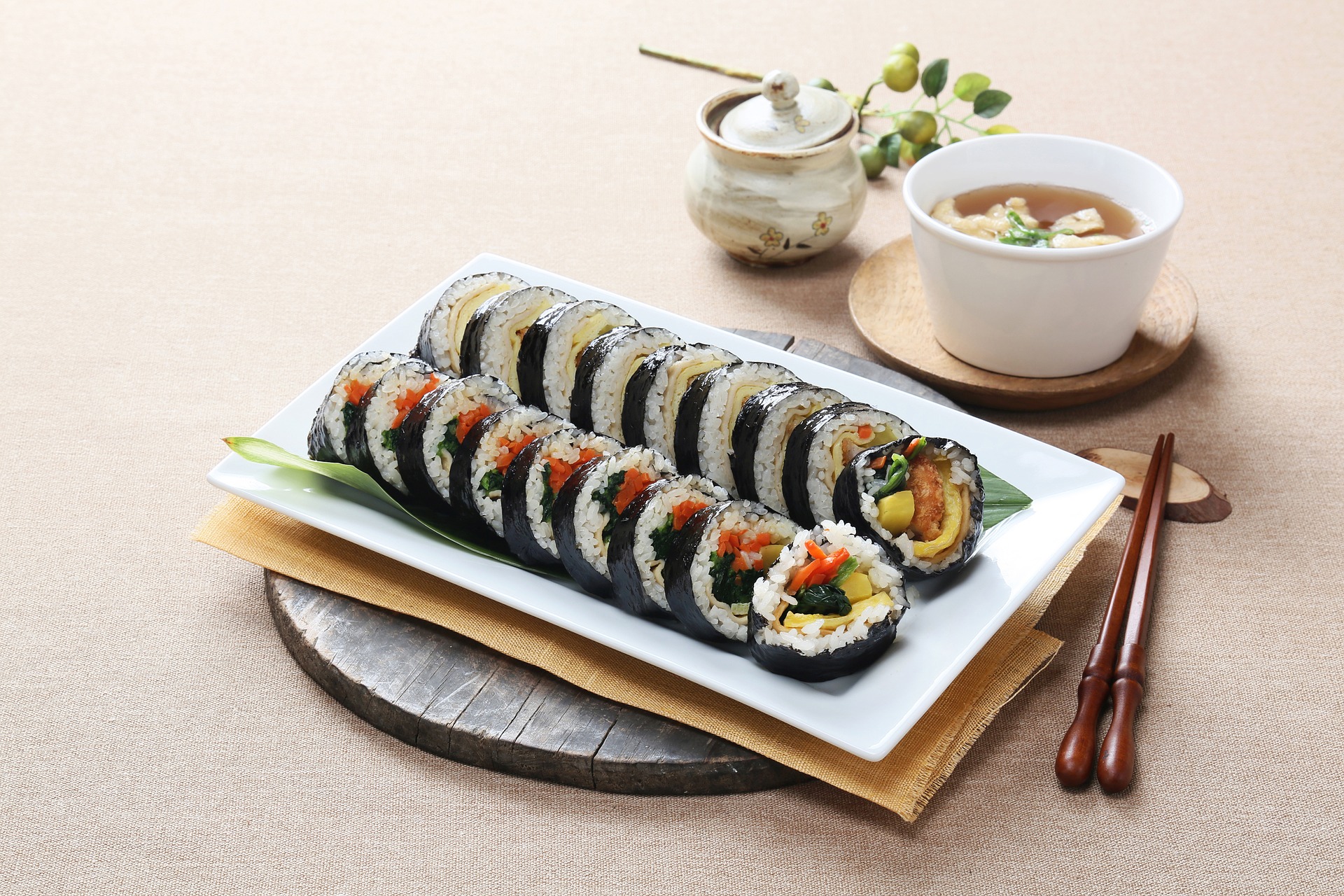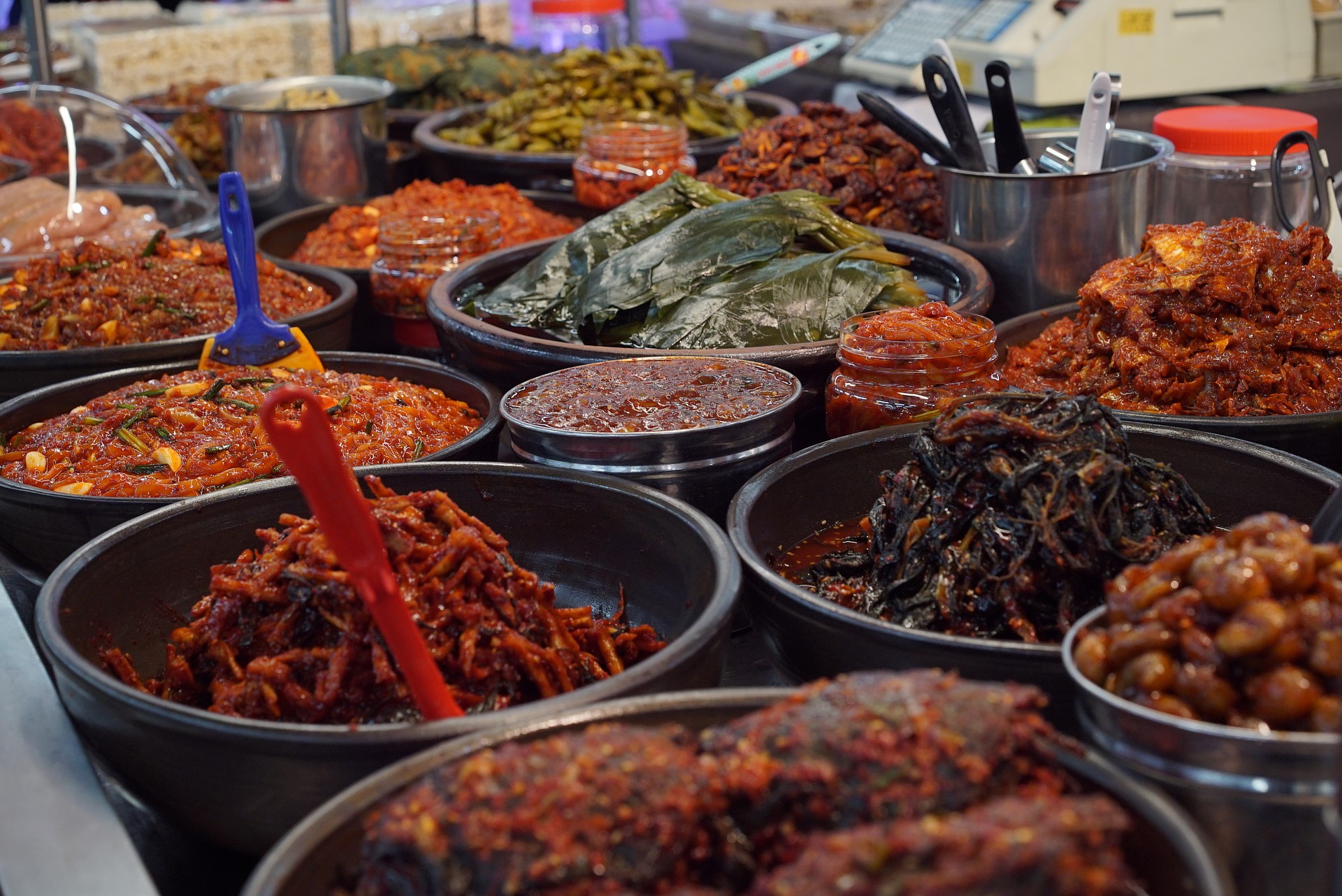The Analysis of Korean Cuisine (Part 2) Posted by Flying Oyster on May 26, 2021 in Culture, Food, Idioms, Korean Language, Pronunciation, Vocabulary
As I promised in the last post, I will talk more about the characteristics of Korean cuisine.
I am a foodie who deeply appreciates good foods from all over the world. Among them, Korean food is special to me not only because of its familiarity as a home county food, but its health benefits. Korean food is one of the healthiest cuisines because of a higher proportion of a variety of vegetables and seafood.
- Odd Ingredients That Will Grow on You
Korean food is already known as a healthy cuisine and its popularity is growing all over the world. One way that I can perceive the popularity of Korean food in the states is that I can now easily access Korean ingredients, even at regular American grocery stores. I still need to make an extra trip to a Korean grocery store to get certain Korean groceries, but Kimchi has already been a ubiquitous item at most regular American stores. What makes me really excited is finding 김 (gim: seaweed) on a shelf at regular grocery stores.
A long time ago, I had a funny experience sharing Korean food. 김밥 (gim-bop: a Korean dish) is made from a sheet of dry seaweed, rice, and a variety of protein and vegetables. It is one of my favorite Korean foods and I thought 김밥 could be everyone’s food, such as pizza or hamburger.
Thus, I introduced 김밥 to my family in-laws. Most family members, who tasted Korean foods for the first time, praised 김밥 and other Korean dishes, except one cousin. She liked other Korean dishes, but she was hesitant to taste 김밥. Apparently, 김밥 was too foreign to her because she never had seaweed as a food item. Indeed, seaweed was a rare food item that you could get only from Asian grocery stores. It was a bit of a disappointment not being able to share my passion about 김밥, but I also understood 호불호 (ho-bool-ho: like and dislike) of foreign food due to unfamiliarity.
Although she, now, stockpiles up salted seaweed snacks in her pantry. I laugh when she asks me to make 김밥 for family dinners. Therefore, my skepticism about the promising market share of seaweed in the US has been dismissed.
Korean food would certainly introduce you to new food items such as dried anchovies. My advice is to try them on. You would never guess what you are going to fill your pantry with in the future.
- The Taste from the Harmony of 발효식품 (bahl-hyo-sik-poom: fermented foods)
There are four main types of fermented foods in Korean cuisine: 김치 (Kimchi), 장류 (jang-ryu: types of Jang which is fermented soy products), 젓갈 (Jeotgal: fermented seafood) and 식초 (sik-cho: vinegar).
These fermented foods are naturally processed with microorganisms like 효모 (hyo-moh: yeast) and 세균 (seh-gyun: bacteria), which convert carbs. All these ingredients mingle and create mouthwatering flavors in Korean dishes. I think these unique flavors from the harmony of fermented foods make me crave Korean food.
- You Need a Sturdy-legged Big Table for Korean Food.
In general, Western food is served step by step. For instance, the main course comes after the appetizer and dessert come after the main. In other words, you would likely have a single dish at a time on your dining table. The presentation of Korean food, though, could look a lot different from what you are used to.
상다리가 부러지게 음식을 차리다. (sang-dah-ri-gah-boo-ruh-ji-gae-eum-sik-eul-chah-ri-dah: there are many food dishes enough to break dining table legs.) This is a common phrase you would hear in front of a Korean 밥상 (bob-sang: a meal table). As the phrase describes, Korean 밥상 present almost every dish at a time. Eating delicious food is a blessing, but presenting various food selections adds more pleasure for sure.
- Koreans Believe that Food Can Be Medicine
Have you watched a Korean TV show called Dae Jang Geum? It was a popular TV show back in 2003. It was the true story of a Korean 궁녀 (goong-nyeo: a court lady) who was knowledgeable in the healthy benefits of food. She became the nation’s first physician to the King. As this TV show implies, Koreans have believed a good combination of healthy food could be as effective as medicines. In fact, many Korean recipes are based on 음식궁합 (eum-sik-geung-hap: food compatibility).
This is my honest report on Korean cuisine. What did you think about Korean food? And what do you think about it now? Korean food was presented to me as native food as a baby, but I have become a person who values its healthy spirits. I hope my opinions could help you to be more adventurous in trying Korean food today.

Build vocabulary, practice pronunciation, and more with Transparent Language Online. Available anytime, anywhere, on any device.







